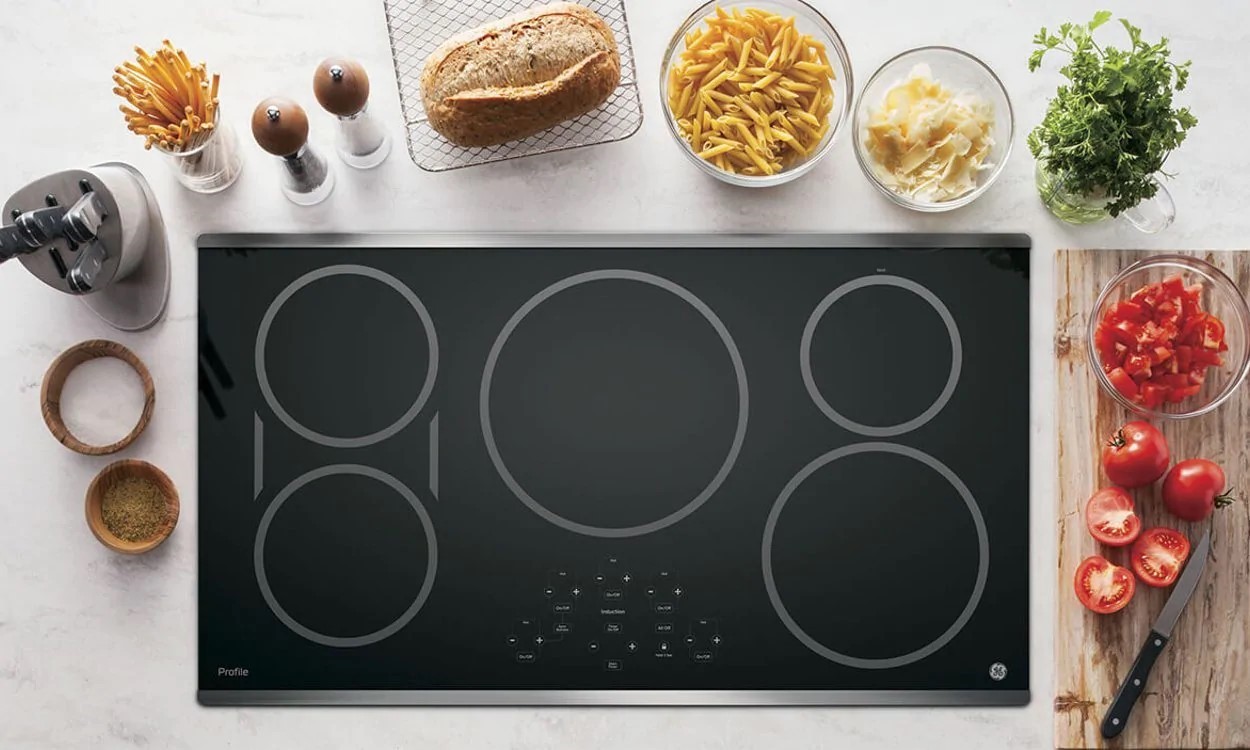

Articles
What Is A Ceramic Stove Top
Modified: January 8, 2024
Discover the benefits and maintenance tips for ceramic stove tops with our informative articles. Upgrade to a sleek and efficient cooking surface today!
(Many of the links in this article redirect to a specific reviewed product. Your purchase of these products through affiliate links helps to generate commission for Storables.com, at no extra cost. Learn more)
Introduction
A ceramic stove top is a popular choice for many households due to its sleek and modern design, as well as its efficient and even heat distribution. It is a cooking surface made from a combination of toughened glass and ceramic material, which provides a smooth and durable surface for cooking.
Unlike traditional coil or gas burners, ceramic stove tops feature a flat surface that is easy to clean and maintain. This makes them a preferred option for those who want a hassle-free cooking experience. In this article, we will explore how ceramic stove tops work, their advantages and disadvantages, as well as tips for their care and maintenance.
Key Takeaways:
- Ceramic stove tops offer a sleek, modern design, even heat distribution, and responsive control. However, they require careful maintenance to prevent scratches and damage, making them a stylish yet delicate kitchen option.
- Safety precautions, proper cookware, and regular maintenance are crucial for maximizing the benefits of ceramic stove tops. Their aesthetic appeal and efficient cooking experience make them a valuable addition to any kitchen.
Read more: How To Clean A Cooktop Stove Ceramic
How Ceramic Stove Tops Work
Ceramic stove tops utilize radiant heat technology to cook food. Beneath the smooth glass-ceramic surface, there are heating elements known as halogen lamps or electric coils. These elements heat up when electricity is passed through them, generating infrared radiation that transfers heat directly to the cookware placed on the stovetop.
When you turn on a burner on a ceramic stove top, the corresponding heating element begins to warm up. The heat is then transferred to the glass-ceramic surface, which in turn heats up the cookware placed on top. The heat is evenly distributed across the entire surface, providing consistent cooking temperatures and reducing the likelihood of hotspots.
One of the key advantages of ceramic stove tops is their responsive heat control. Unlike gas stoves, which can have a delay in heat adjustment, ceramic stove tops immediately respond to changes in temperature settings. This precision allows for more precise cooking, especially when dealing with delicate dishes that require precise heat control.
Additionally, ceramic stove tops feature indicator lights that help users determine if a burner is still hot after use. These lights provide a safety feature, minimizing the risk of accidental burns. It’s important to note that the smooth surface of ceramic stove tops can take some time to cool down completely, so it’s crucial to exercise caution and avoid touching the surface immediately after use.
Advantages of Ceramic Stove Tops
Ceramic stove tops offer several advantages that make them a preferred choice for many homeowners. Here are some key advantages:
- Sleek and Modern Design: Ceramic stove tops provide a sleek and modern aesthetic to any kitchen. The smooth glass-ceramic surface adds a touch of elegance and can complement a variety of kitchen decor styles.
- Easy to Clean: The flat surface of ceramic stove tops makes them easy to clean. Unlike traditional coil burners, there are no crevices or drip pans where food particles can accumulate. A simple wipe with a damp cloth or sponge is usually sufficient to remove any spills or stains.
- Even Heat Distribution: Ceramic stove tops distribute heat evenly across the entire cooking surface, ensuring that food is cooked uniformly. This eliminates the need for constant stirring or rotating of pots and pans, saving time and effort.
- Energy Efficiency: Ceramic stove tops are energy-efficient, as they heat up quickly and retain heat well. The even distribution of heat and responsive heat control help to minimize energy wastage and reduce cooking times.
- Safe and Child-Friendly: With their smooth surface and indicator lights, ceramic stove tops offer enhanced safety features. The indicator lights alert users if burners are still hot, reducing the risk of accidental burns. Additionally, the absence of open flames or gas burners makes them ideal for households with children.
Overall, ceramic stove tops offer a combination of style, convenience, and safety, making them a popular choice for modern kitchens. Their ease of use and efficient cooking performance make them an asset for both amateur cooks and experienced chefs.
Disadvantages of Ceramic Stove Tops
While ceramic stove tops have numerous advantages, there are some disadvantages to consider before making a purchase. Here are a few of the common drawbacks:
- Sensitivity to Cookware: Ceramic stove tops are sensitive to the type of cookware used. They require flat-bottomed pots and pans to ensure proper heat transfer and prevent damage to the surface. Rough or uneven cookware can scratch or even crack the glass-ceramic surface.
- Slow Heat Up and Cool Down: Compared to gas or induction stoves, ceramic stove tops have a slower heat up and cool down time. It may take some time to reach the desired cooking temperature, and the surface will remain hot for a period after use, requiring caution when handling.
- Vulnerable to Cracking: Although ceramic stove tops are made from durable materials, they are prone to cracking if heavy objects are dropped on them or if there is sudden temperature change. It is important to handle cookware with care and avoid using cast iron or other heavy-bottomed cookware that can cause damage.
- Difficult to Repair: If a ceramic stove top does crack or get damaged, repairs can be expensive or even impossible. In some cases, the entire unit may need to be replaced. It is essential to read the manufacturer’s instructions and warranty information to understand what is covered and how to properly care for the stove top.
- Visible Stains and Scratches: While ceramic stove tops are relatively easy to clean, they can show stains and scratches more visibly than other options. Care must be taken to avoid using abrasive cleaners or harsh materials that can cause damage.
Although these disadvantages are worth considering, many users find that with proper care and maintenance, the benefits of a ceramic stove top outweigh the drawbacks. Taking precautions such as using the recommended cookware and following the manufacturer’s guidelines will help prolong the lifespan of the stove top and prevent damage.
When cleaning a ceramic stove top, avoid using abrasive cleaners or scrubbing pads as they can scratch the surface. Instead, use a soft cloth and a non-abrasive cleaner to maintain its shine and prevent damage.
Care and Maintenance of Ceramic Stove Tops
Proper care and maintenance are essential to keep your ceramic stove top looking its best and functioning efficiently. Here are some tips to help you maintain and prolong the lifespan of your stove top:
- Regular Cleaning: Clean spills and stains as soon as possible to prevent them from hardening and becoming more difficult to remove. Use a soft, non-abrasive sponge or cloth with mild dish soap and warm water to wipe down the surface. Avoid using abrasive cleaners or scrub brushes that can scratch the glass-ceramic surface.
- Avoid Harsh Materials: When cleaning the stove top, steer clear of abrasive materials such as steel wool or scouring pads that can cause scratches. Opt for gentle cleaning solutions and utensils specifically designed for glass-ceramic surfaces.
- Use Recommended Cookware: To prevent scratching or damage to the surface, use flat-bottomed cookware that is recommended for ceramic stove tops. Avoid dragging heavy pots or pans across the glass surface, as this can cause scratches or cracks.
- Remove Burned-on Stains: For stubborn stains or burnt food residue, create a paste using baking soda and water. Apply the paste to the stained area and let it sit for a few minutes before gently scrubbing with a soft sponge or cloth.
- Protect from Heavy Objects: Avoid dropping heavy objects or exerting excessive pressure on the stove top surface. This can cause cracks or damage that may be difficult or costly to repair. Be cautious when moving heavy pots or pans to prevent accidental damage.
- Allow for Cooling Time: After use, give the stove top sufficient time to cool down before cleaning. The surface may remain hot for a while, even after turning off the burners. This will help prevent burns and avoid damaging the glass-ceramic surface.
- Periodic Maintenance: Every few months, it’s a good idea to deep clean your ceramic stove top. You can use a special ceramic stove top cleaner or a mixture of vinegar and water to remove any built-up residue. Follow the manufacturer’s instructions for best results.
By following these care and maintenance tips, you can keep your ceramic stove top in excellent condition and ensure optimal performance for years to come. Remember to consult the manufacturer’s guidelines specific to your stove top model and make adjustments to your cleaning routine accordingly.
Common Issues with Ceramic Stove Tops
While ceramic stove tops are generally reliable and durable, there are a few common issues that users may encounter. Understanding these issues and how to address them can help you maintain the performance of your stove top. Here are some of the most common problems:
- Scratches: Ceramic stove tops can be susceptible to scratches, especially if abrasive materials or improper cookware is used. To prevent scratches, use cookware with flat bottoms and avoid dragging pots and pans across the surface. If minor scratches do occur, you can find ceramic stove top repair kits to help minimize their appearance.
- Stains and Discoloration: Over time, ceramic stove tops may develop stains or discoloration due to spills, burned-on foods, or harsh cleaning products. Regular cleaning with mild dish soap and water can help prevent staining. For stubborn stains, you can use a paste made from baking soda and water to gently scrub the surface.
- Cracks or Damages: Dropping heavy objects or subjecting the stove top to extreme temperature changes can result in cracks or other damages. These can compromise the integrity of the stove top and may require professional repair or even replacement. It’s important to handle cookware with care and avoid any sudden impacts.
- Inconsistent Heating: In some cases, ceramic stove tops may experience issues with inconsistent heating, where certain areas may not heat up as evenly as others. This can be due to issues with the heating elements or internal components. If you notice inconsistent heating, it’s best to contact a professional technician to diagnose and repair the issue.
- Electrical Problems: Like any electrical device, ceramic stove tops can experience electrical issues such as faulty wiring, malfunctioning controls, or power supply problems. If you suspect an electrical problem, it’s important to turn off the stove top and contact a qualified electrician or appliance repair technician for assistance.
If you encounter any of these issues with your ceramic stove top, it’s crucial to address them promptly to prevent further damage or potential safety hazards. Consult the manufacturer’s warranty and guidelines for specific troubleshooting steps or seek professional help if needed.
Safety Precautions for Ceramic Stove Tops
When using a ceramic stove top, it is important to prioritize safety to prevent accidents and ensure a safe cooking environment. Here are some essential safety precautions to keep in mind:
- Read the User Manual: Familiarize yourself with the manufacturer’s instructions and safety guidelines provided in the user manual. This will provide important information specific to your stove top model and help you understand its features and limitations.
- Turn Off Burners: Always ensure that all burners are turned off after use. Even when not in use, treat the stove top as if it is always hot. Double-check before leaving the kitchen or going to bed to prevent the risk of accidental fires or burns.
- Use Proper Cookware: Use cookware with flat bottoms that are recommended for ceramic stove tops. Avoid using rough or uneven cookware that can scratch the surface or cause instability. Additionally, ensure that the size of the cookware matches the size of the burner to optimize heat efficiency and prevent spills or accidents.
- Monitor Cooking Process: Avoid leaving the stove unattended while cooking. Keep a close eye on pots and pans to prevent spills, overflows, or burning. Accidents can happen quickly, and prompt attention can help prevent fires and injuries.
- Keep Flammable Items Away: Ensure that flammable items such as kitchen towels, paper towels, and oven mitts are kept away from the stove top. These materials can easily catch fire if they come into contact with a hot surface or an open flame.
- Avoid Using Wet or Damp Hands: Moisture can conduct electricity, so it is important to ensure your hands are dry when operating the controls or touching the stove top. This will help prevent electric shock or short circuits.
- Use Caution with Hot Surfaces: The smooth glass-ceramic surface of the stove top can remain hot for a while after use. Use caution and avoid touching the surface directly. If necessary, use heat-resistant gloves or use the indicator lights to determine if the stove top is still hot.
- Proper Ventilation: Ensure that your kitchen is well-ventilated when using the stove top to prevent the accumulation of cooking fumes, which can be hazardous to your health. Open windows, use exhaust fans, or turn on the range hood to remove any smoke or odors.
By following these safety precautions, you can minimize the risk of accidents and create a safer cooking environment when using a ceramic stove top. Always prioritize safety and remain vigilant while cooking to prevent any potential mishaps.
Conclusion
Ceramic stove tops offer a sleek and modern cooking solution for homeowners. With their smooth glass-ceramic surface, even heat distribution, and responsive heat control, they provide an efficient and convenient cooking experience. However, it’s important to be aware of their advantages, disadvantages, and proper care to ensure their longevity and safety.
One of the key advantages of ceramic stove tops is their aesthetic appeal, adding a touch of sophistication to any kitchen. They are also easy to clean, with no crevices or drip pans to worry about. The even heat distribution ensures that food is cooked uniformly, eliminating the need for constant stirring or rotating of pots and pans.
However, ceramic stove tops are sensitive to cookware and can be prone to scratches and damage if not used with caution. They also have a slower heat up and cool down time compared to other cooktop options. It’s crucial to follow proper care and maintenance practices to prevent stains, discoloration, and cracks.
Understanding the common issues and safety precautions associated with ceramic stove tops is essential. Scratches, stains, inconsistent heating, and electrical problems are some of the common issues that may arise. However, with regular maintenance and prompt attention, these issues can be addressed effectively.
By following safety precautions such as turning off burners when not in use, using proper cookware, and monitoring the cooking process, you can prevent accidents and create a safe cooking environment. Remember to read the user manual and adhere to the manufacturer’s guidelines for optimal performance.
In conclusion, ceramic stove tops provide a stylish and efficient cooking experience. With proper care and attention, they can be a reliable and durable addition to any kitchen. By understanding their advantages, disadvantages, and following safety precautions, you can enjoy the benefits of a ceramic stove top for years to come.
Frequently Asked Questions about What Is A Ceramic Stove Top
Was this page helpful?
At Storables.com, we guarantee accurate and reliable information. Our content, validated by Expert Board Contributors, is crafted following stringent Editorial Policies. We're committed to providing you with well-researched, expert-backed insights for all your informational needs.
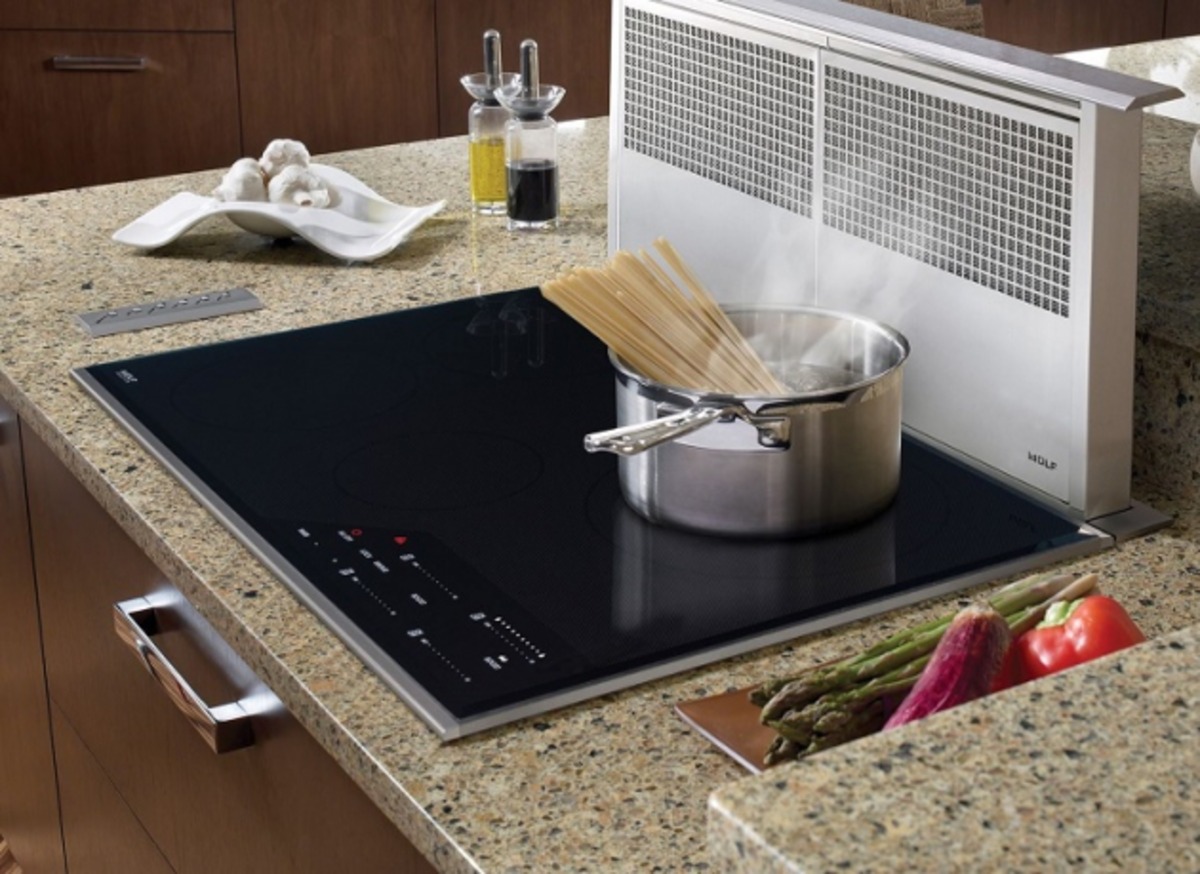
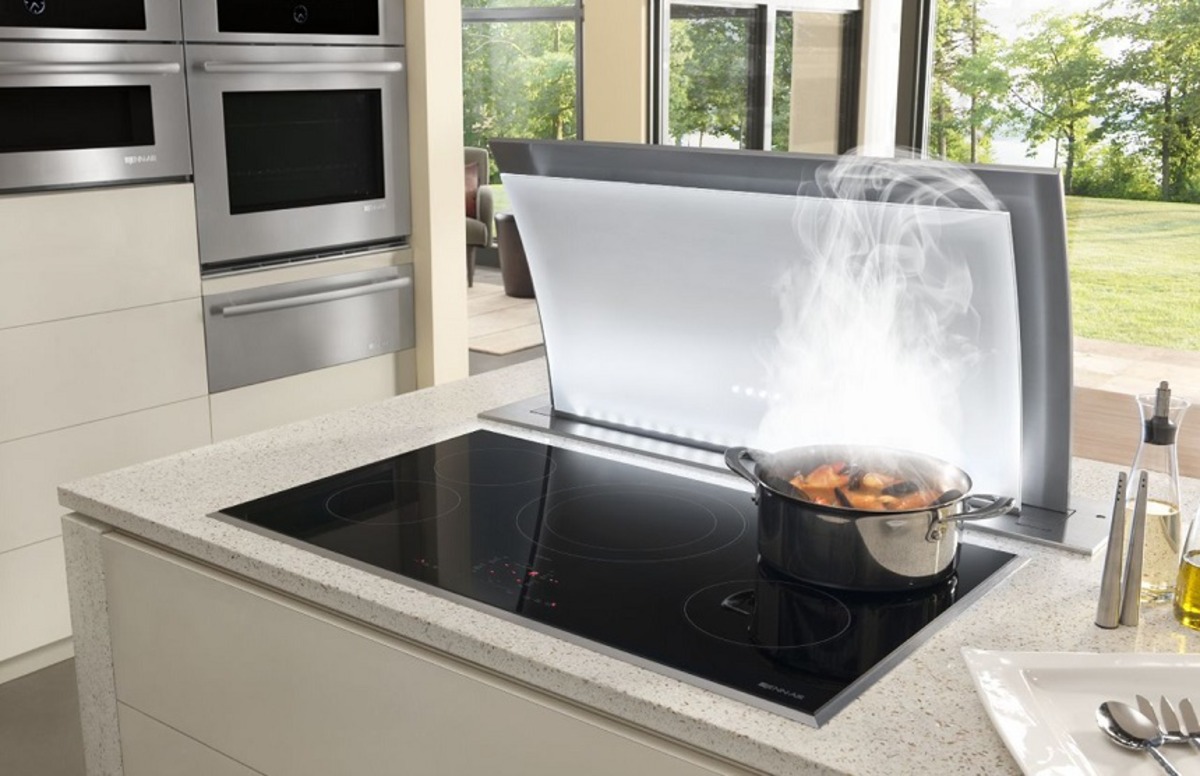
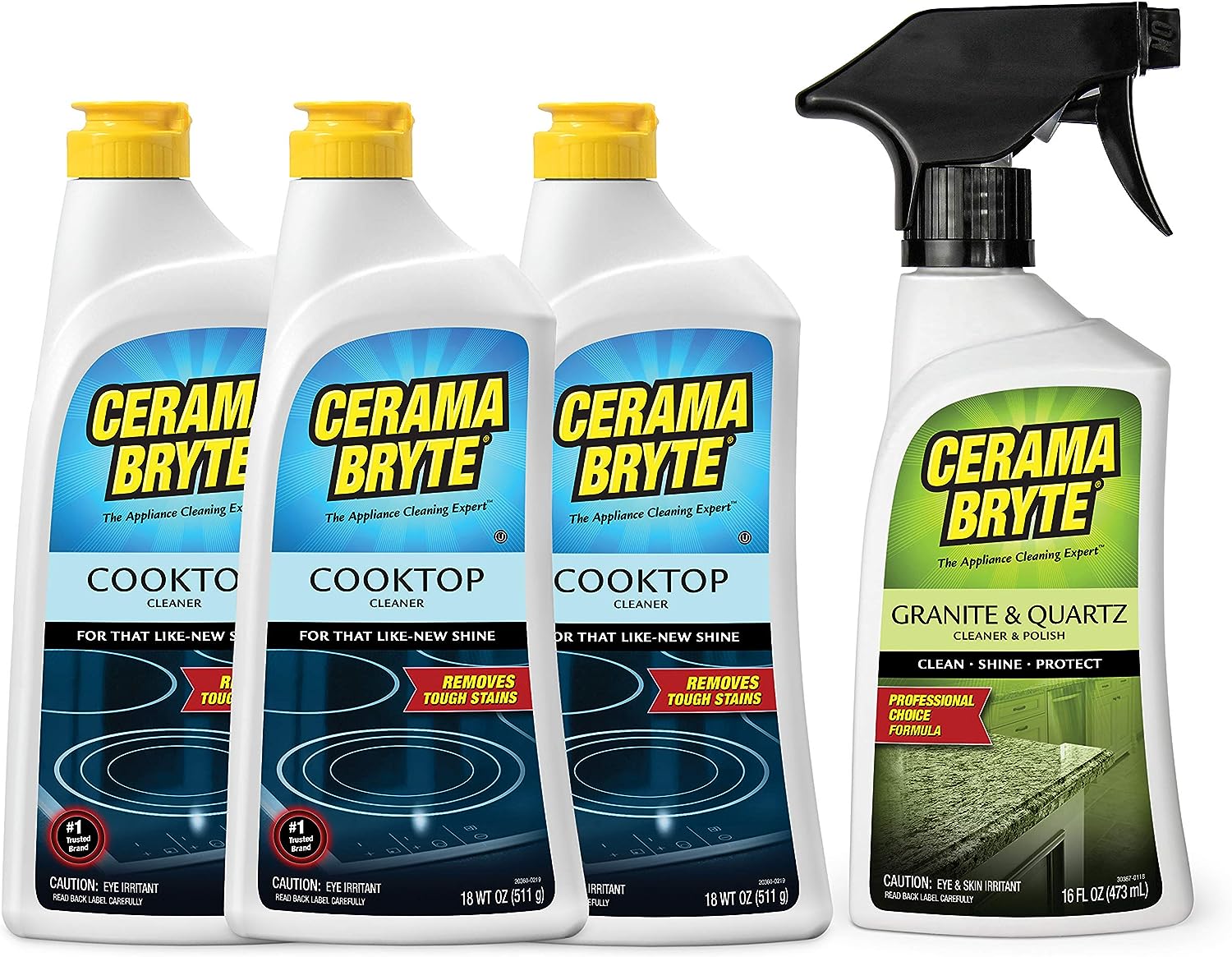
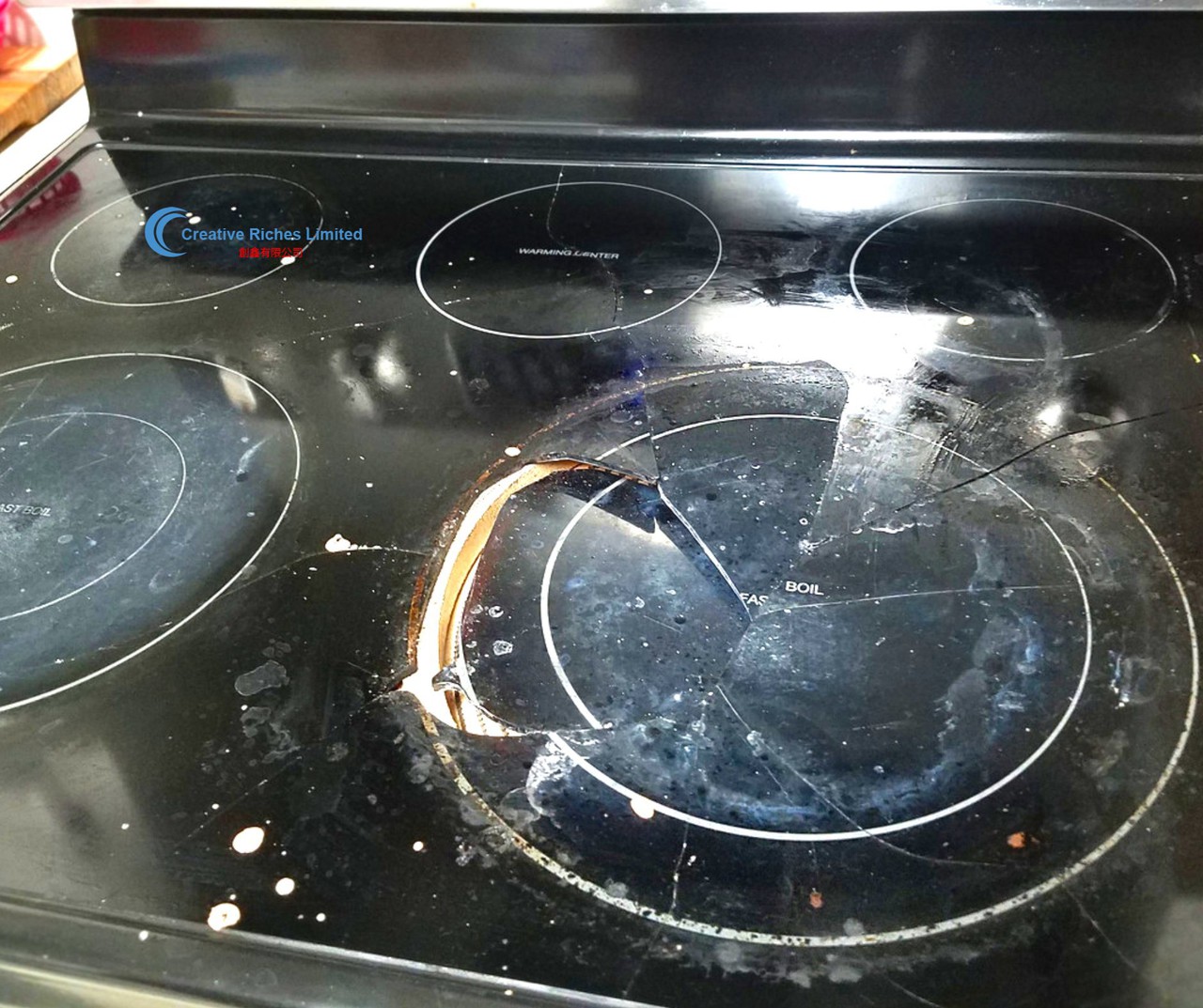
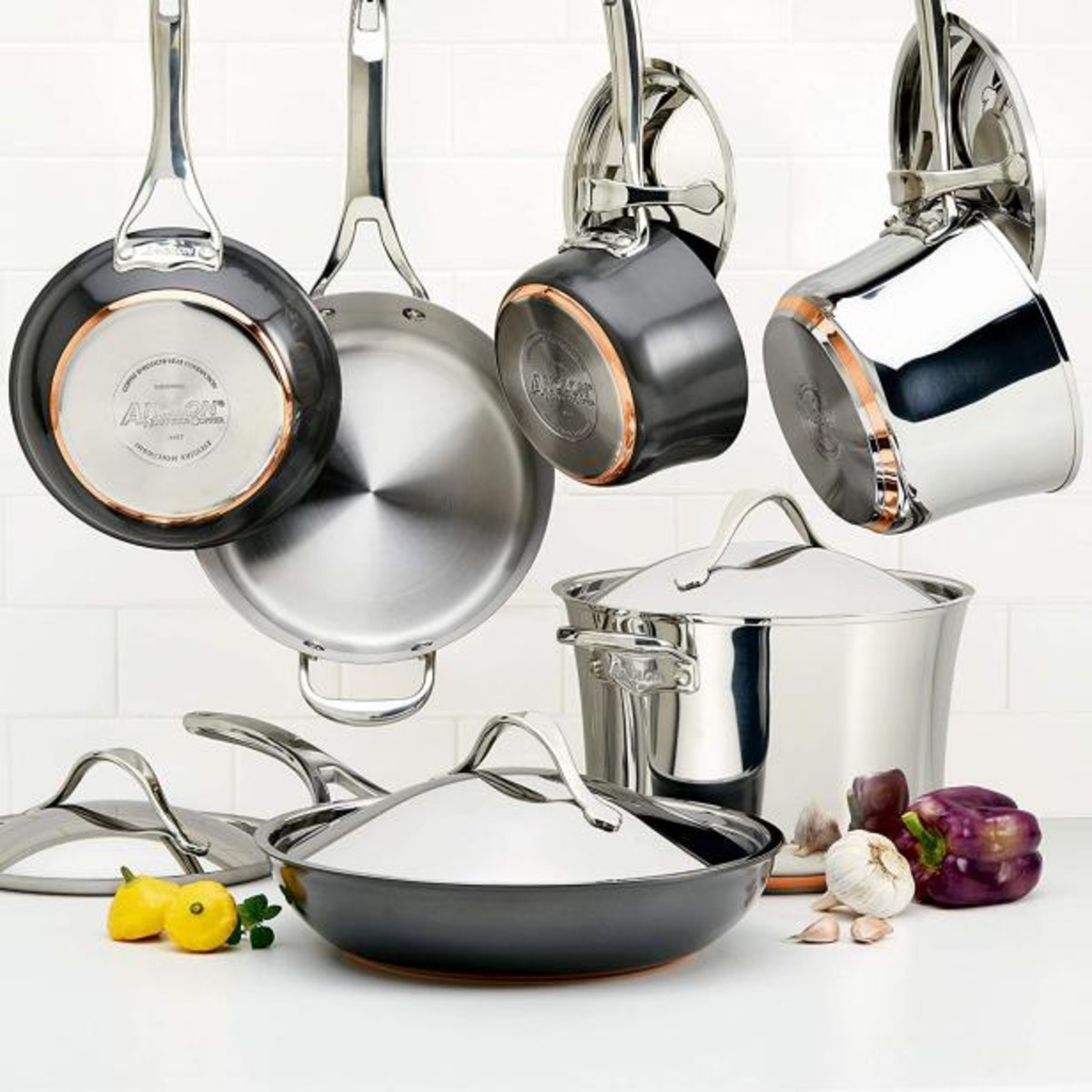
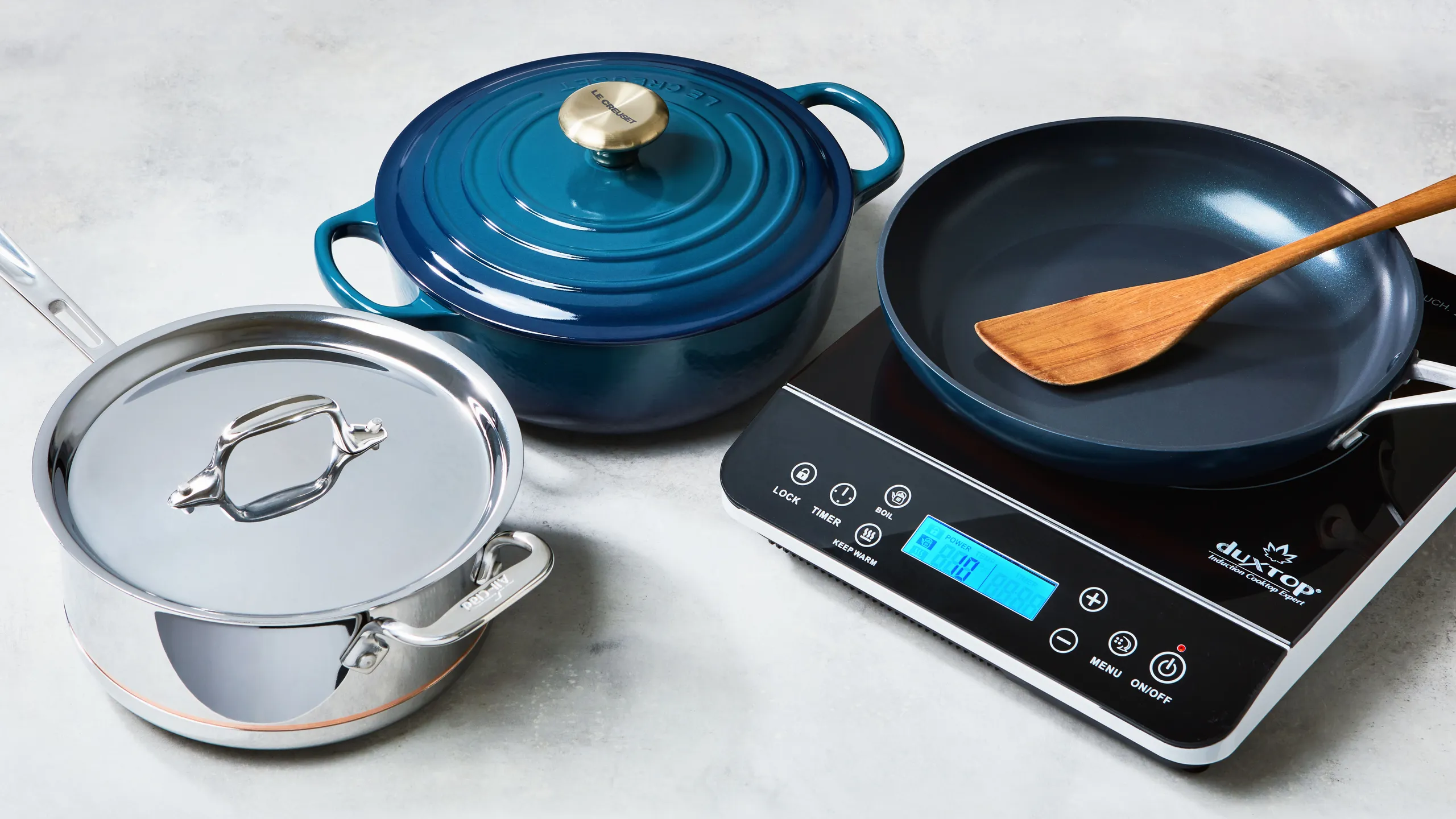
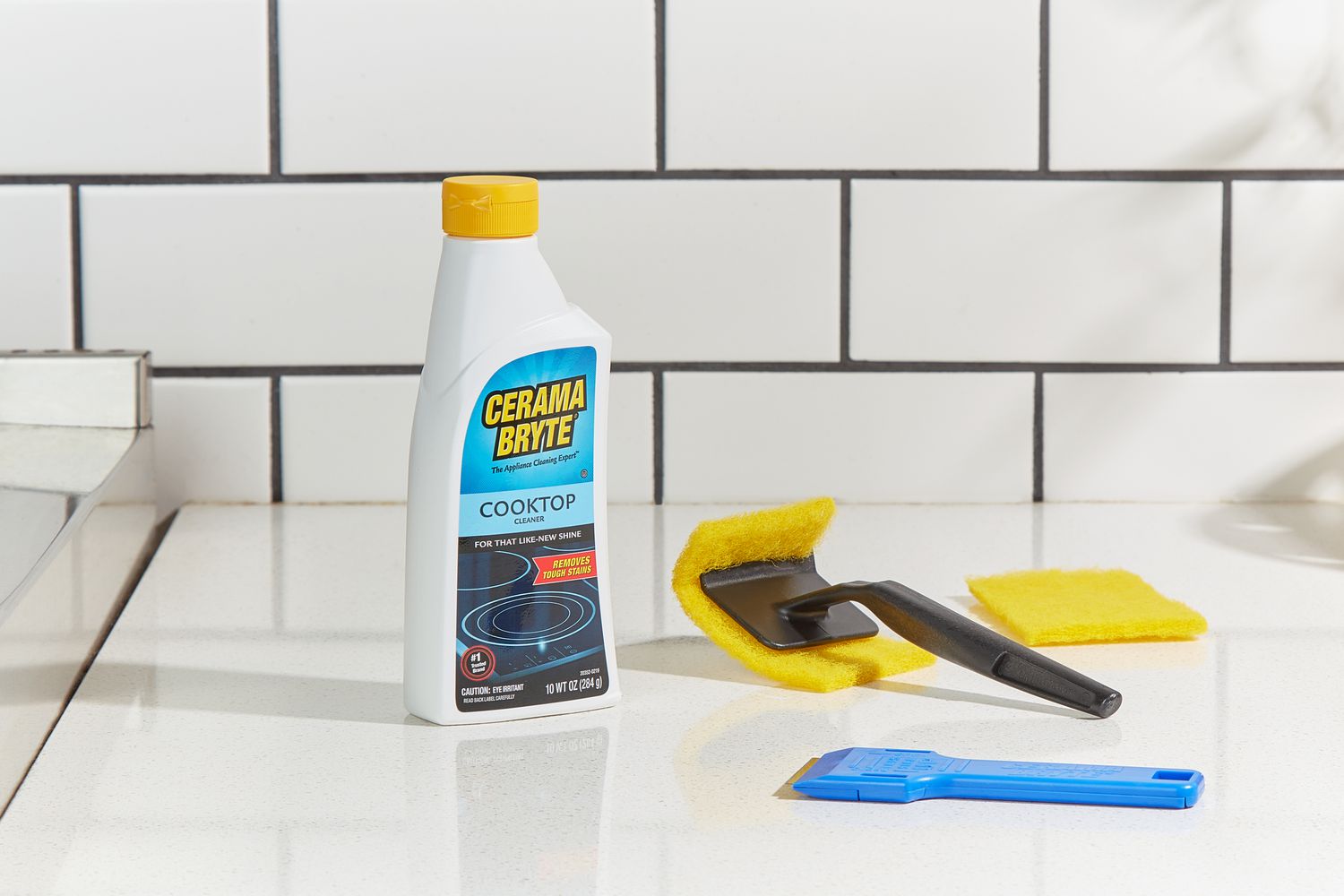
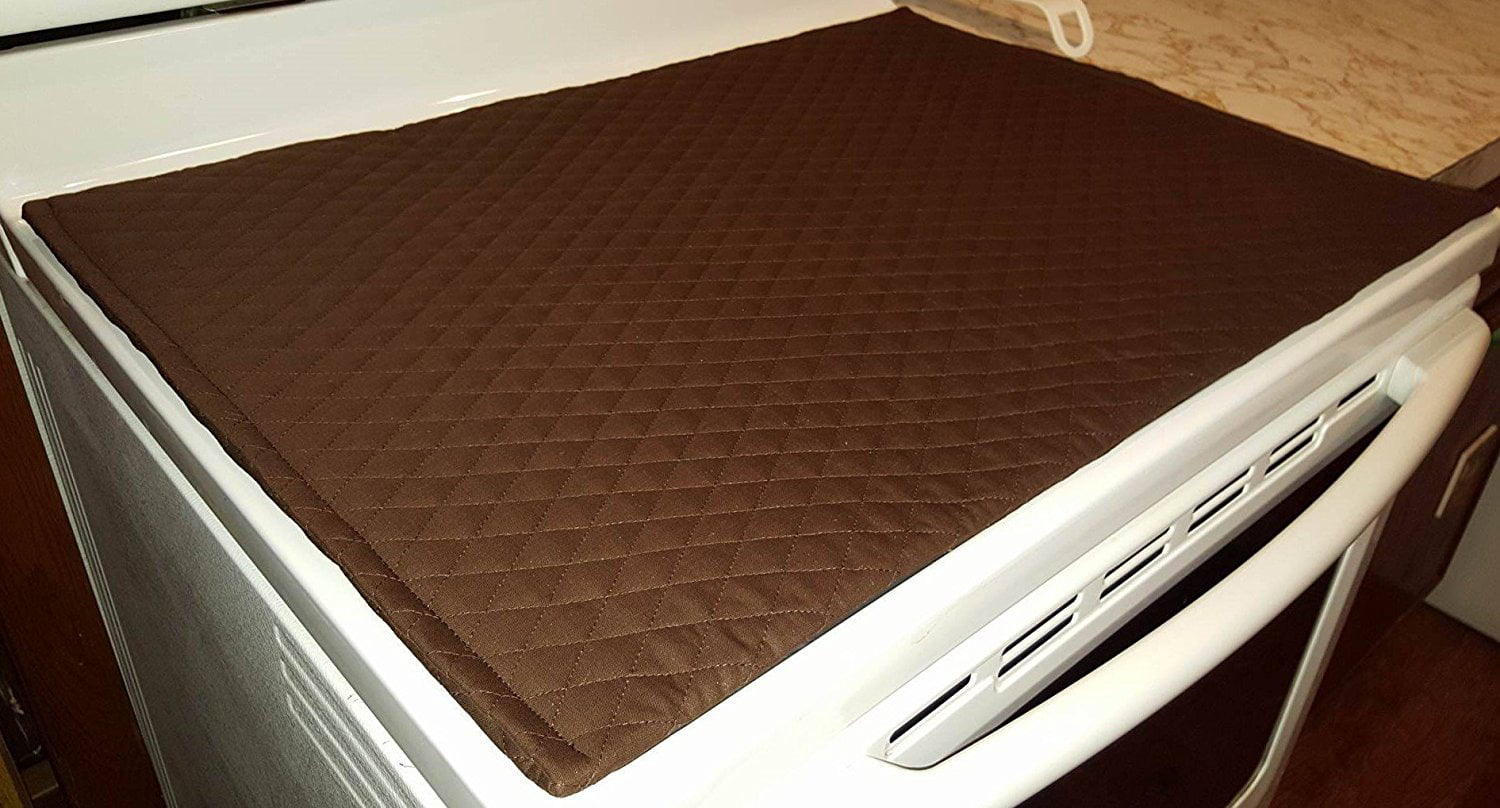
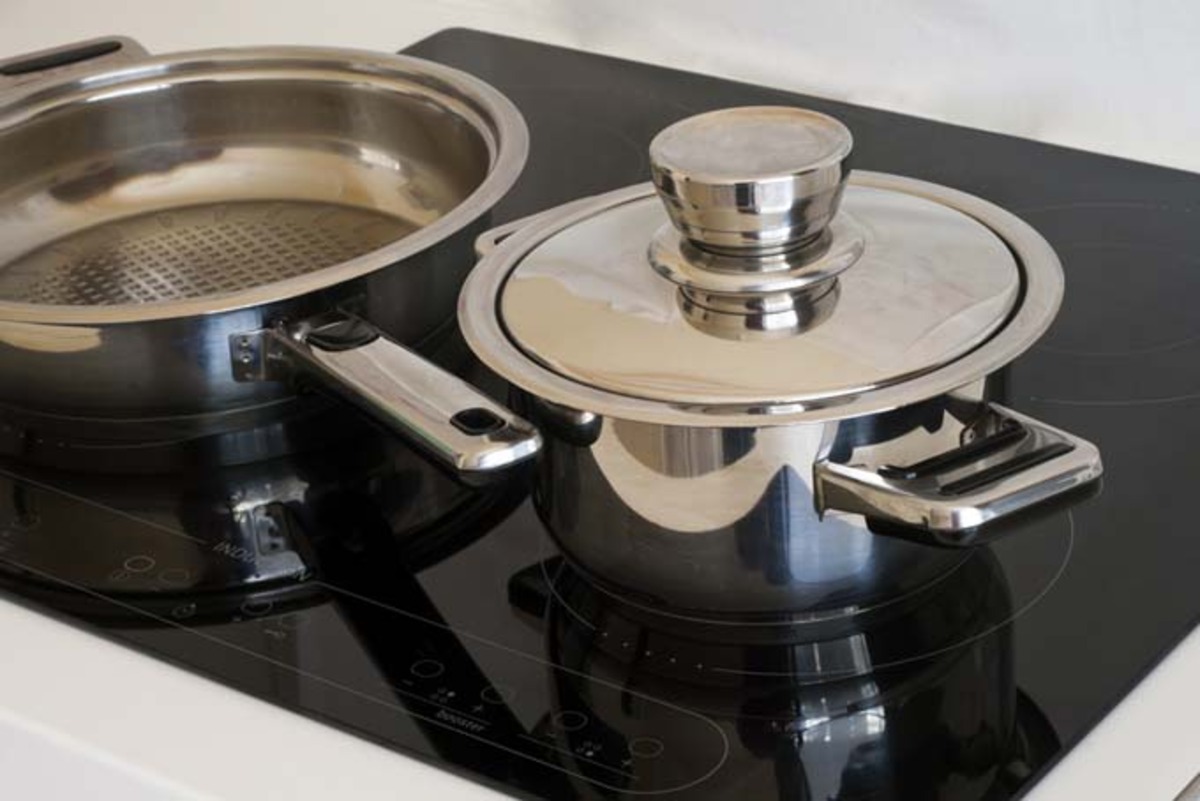
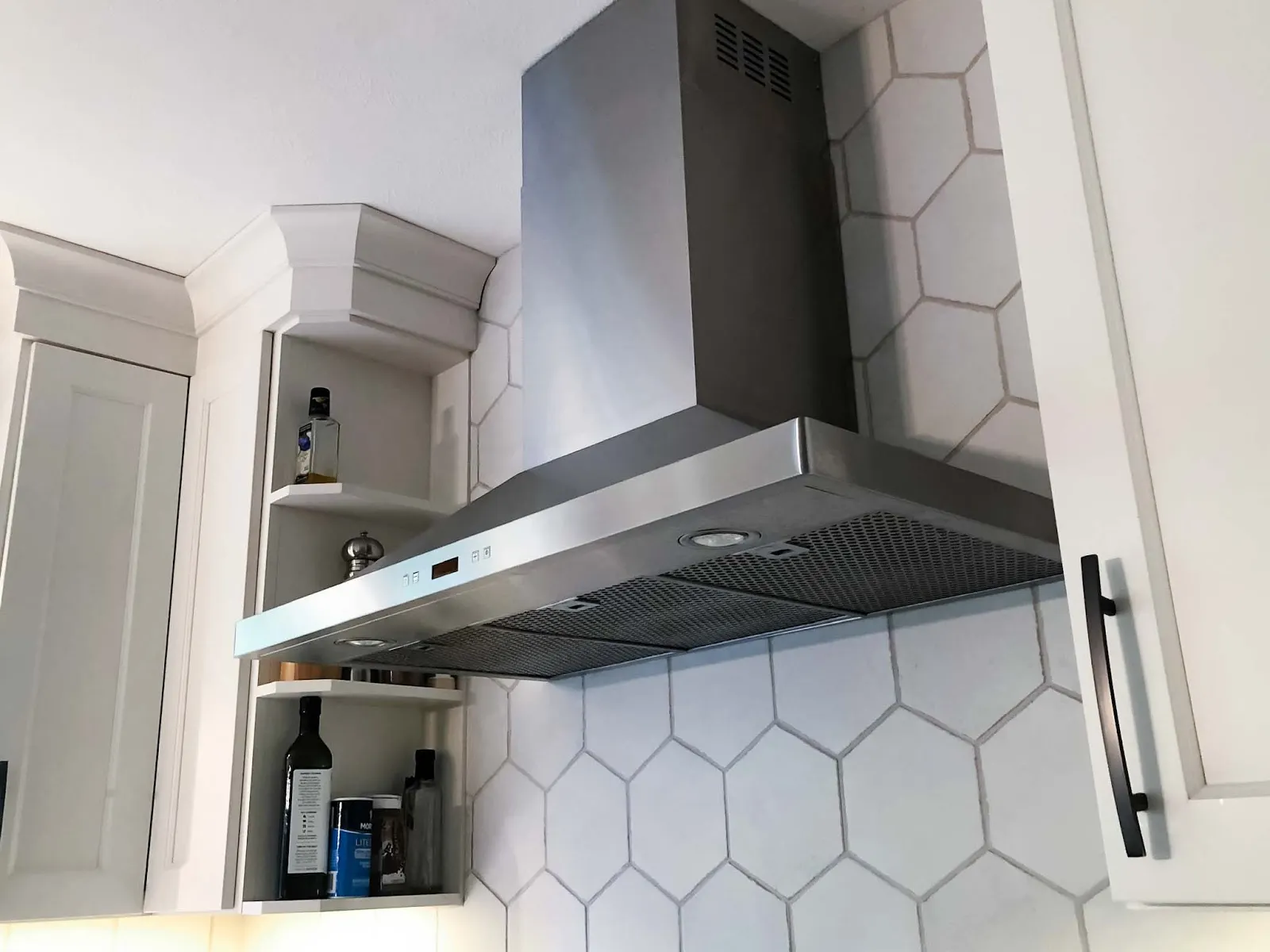
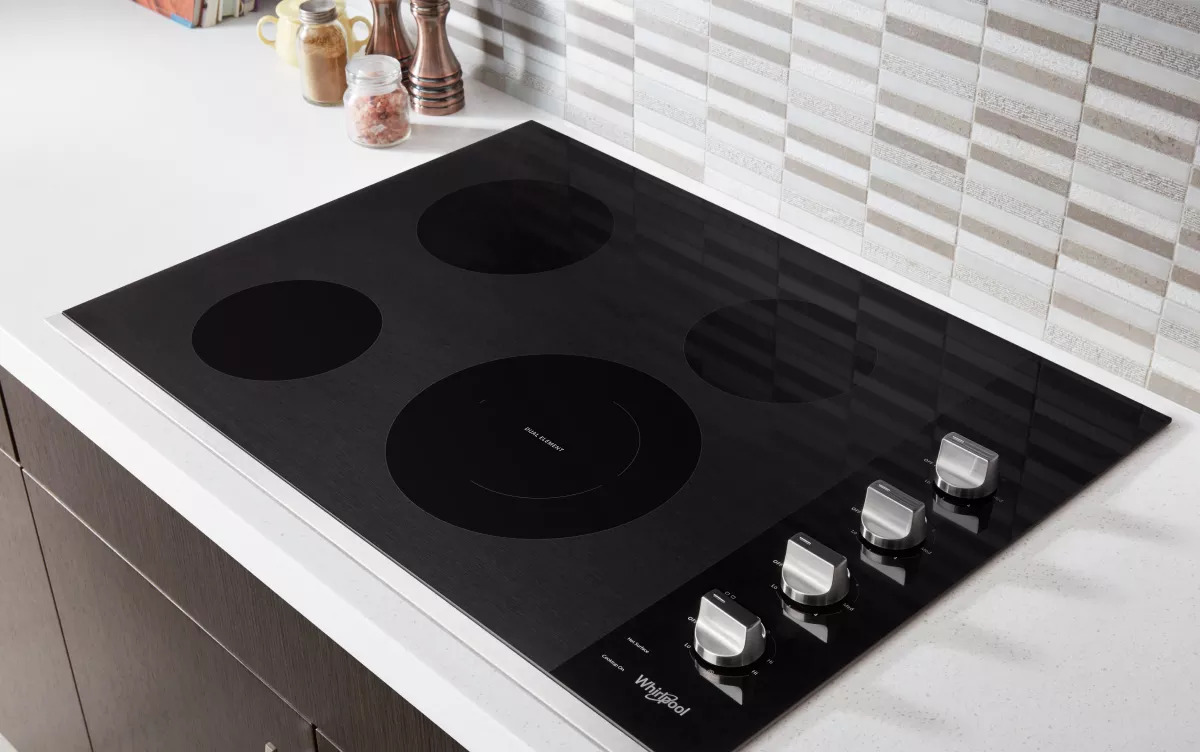
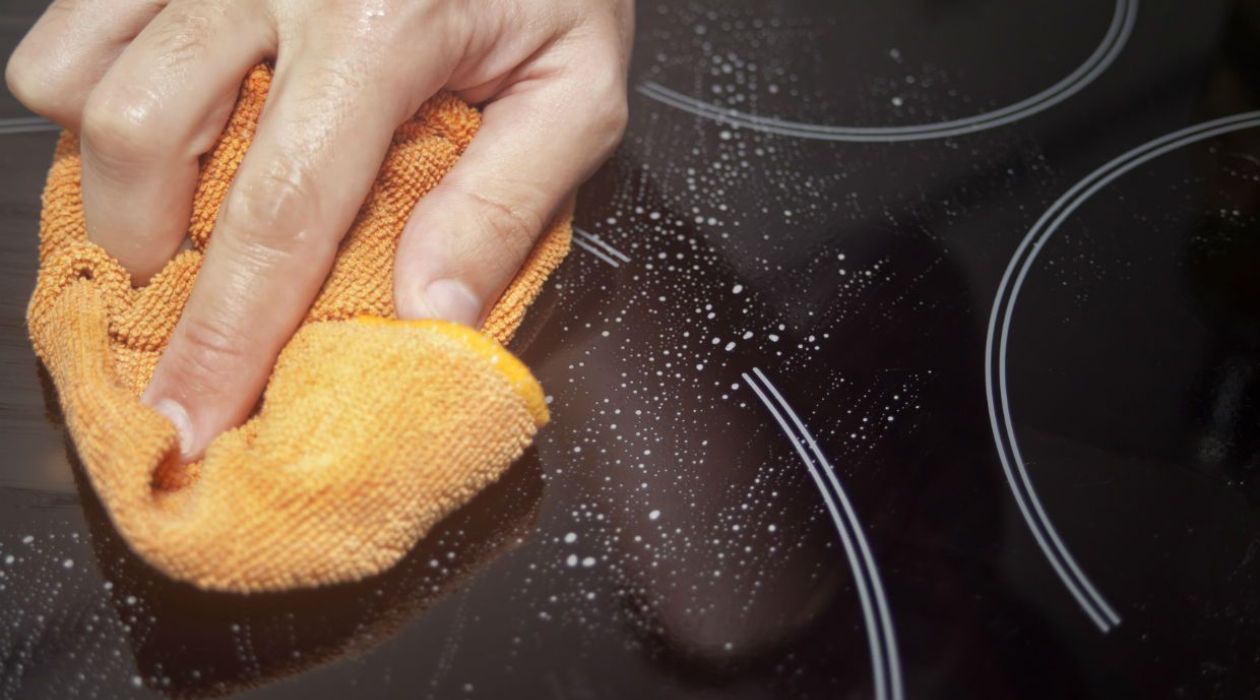

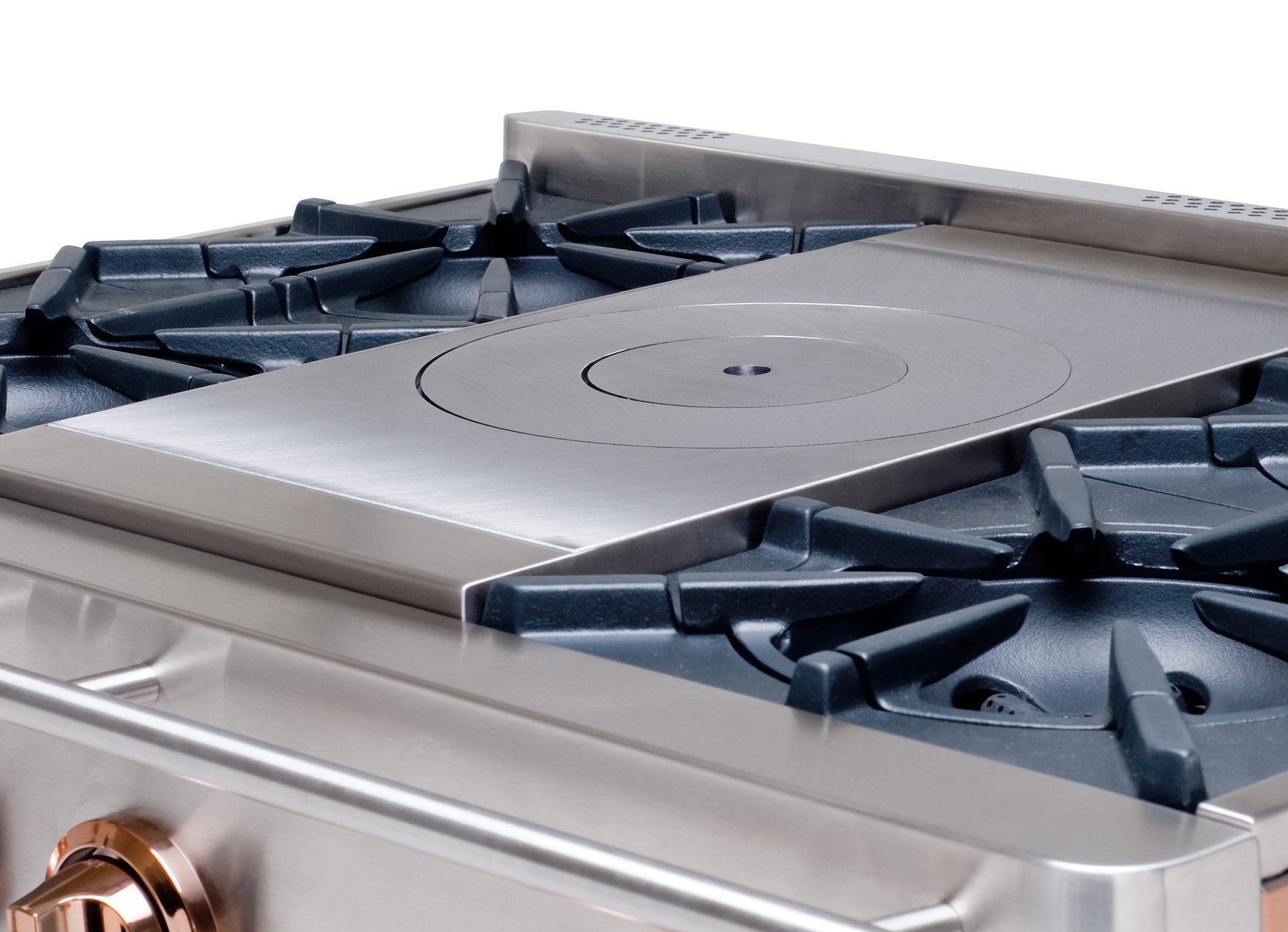

0 thoughts on “What Is A Ceramic Stove Top”